Introduction
A phenomenon rooted in the mystical realm, auras have been discussed and dissected across cultures and eras for their intriguing implications. Auras, often described as energy fields surrounding all forms of life, have been widely acknowledged among spiritual and holistic practitioners for the significant insights they promise. Central to this captivating envelope are the diverse colors perceived, each holding its unique interpretation and signification. This article delves into the fascinating world of aura color interpretation, unraveling the concealed meanings, potential implications, and their importance in holistic wellness.
What is Auras?
An aura can be defined as a multi-dimensional energy field enveloping every living organism. Perceived as a glowing halo, this energy field is reported to reflect our thoughts, emotions, mental state, and even spiritual wellness.
While invisible to most, some individuals, often with heightened spiritual sensitivity, claim to perceive auras, pinpointing their colors on a multi-hued spectrum. Each aura color holds its meaning, and the exploration of these cognitive colors forms a crucial part of spiritual wellness and self-discovery.
7 Aura Colors and Their Interpretations
1. Red Aura
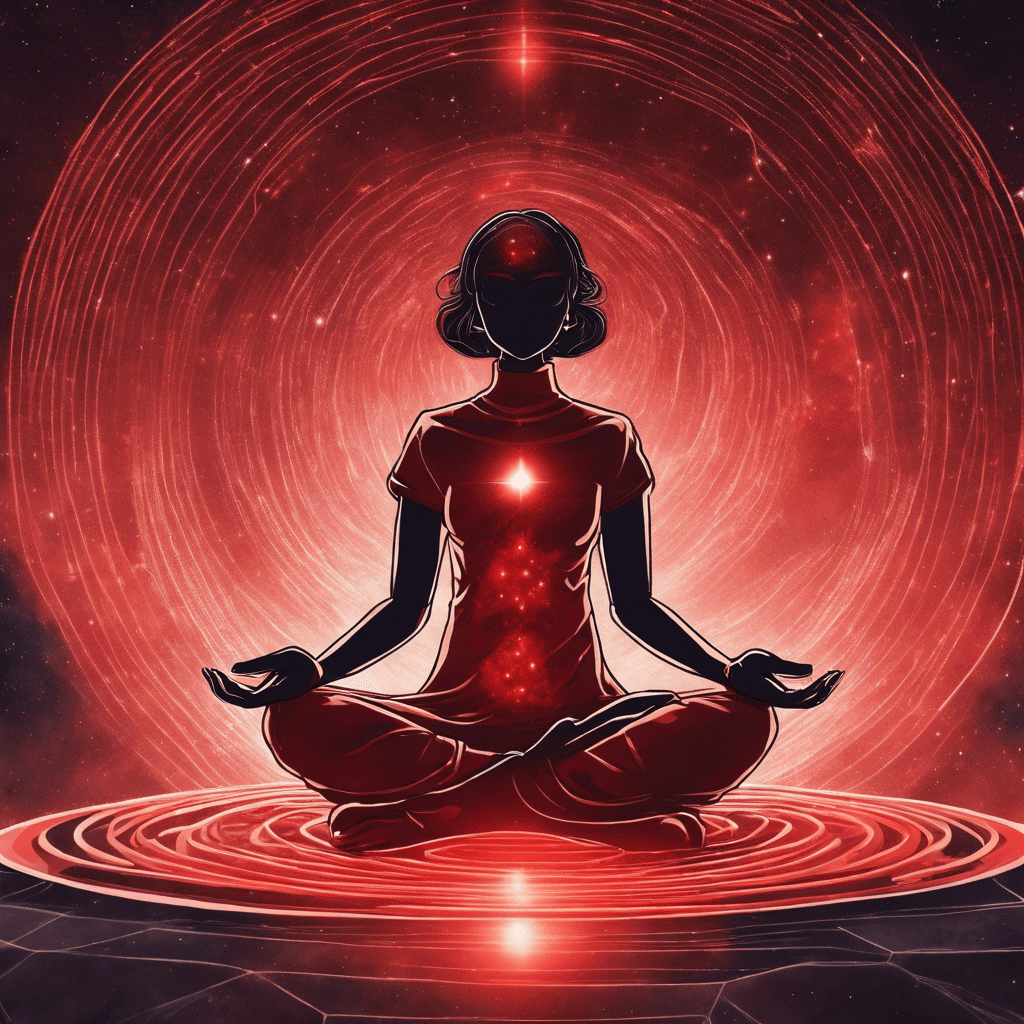
Often associated with the root chakra, a red aura symbolizes strong groundedness and a connection to one’s physical self. Individuals with a red aura are likely passionate, strong-willed, and confident. However, a dark or murky red aura might suggest negative conditions such as anger or stress.
2. Orange Aura
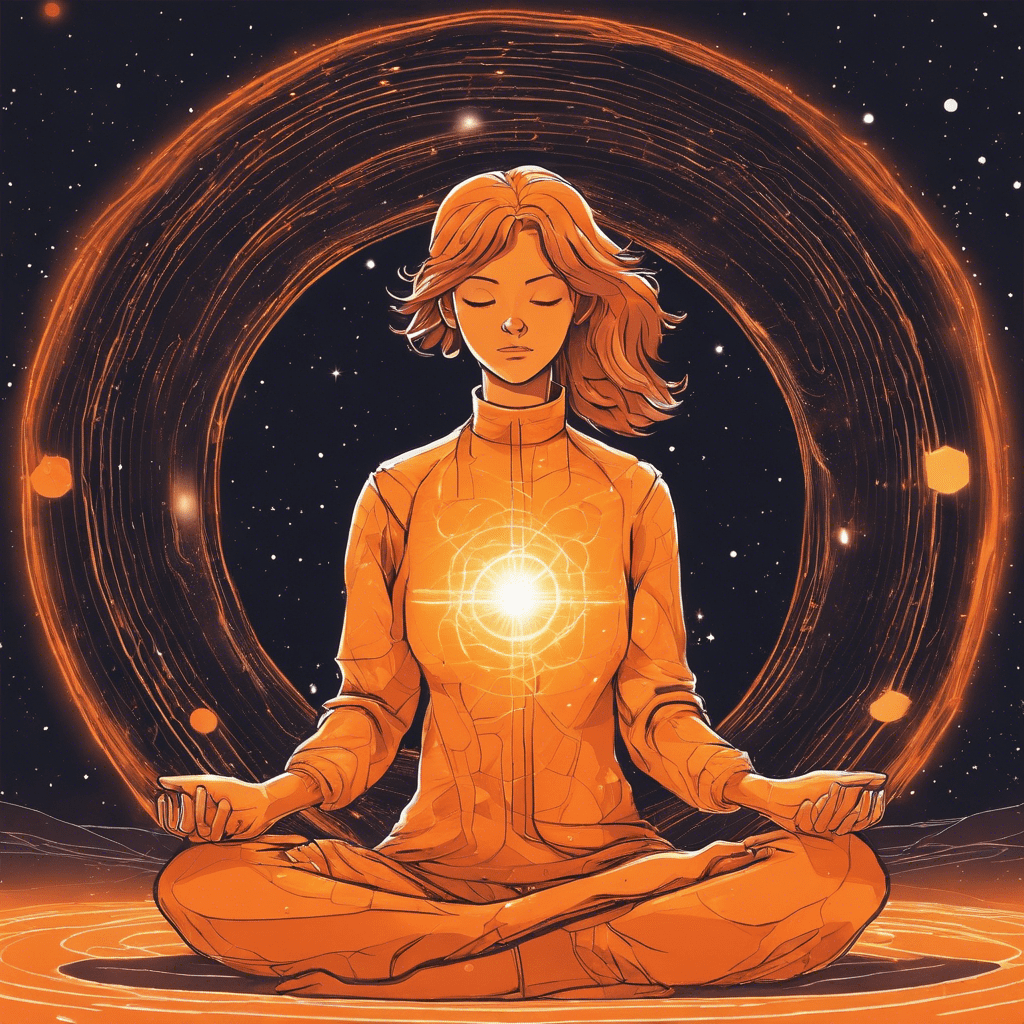
An orange aura is associated with the sacral chakra, portraying creativity, energy, and the willingness to embrace life with zeal. It indicates high levels of vitality and a personal inclination to enjoying life. Conversely, a murky orange might point towards stress and anxieties.
3. Yellow Aura
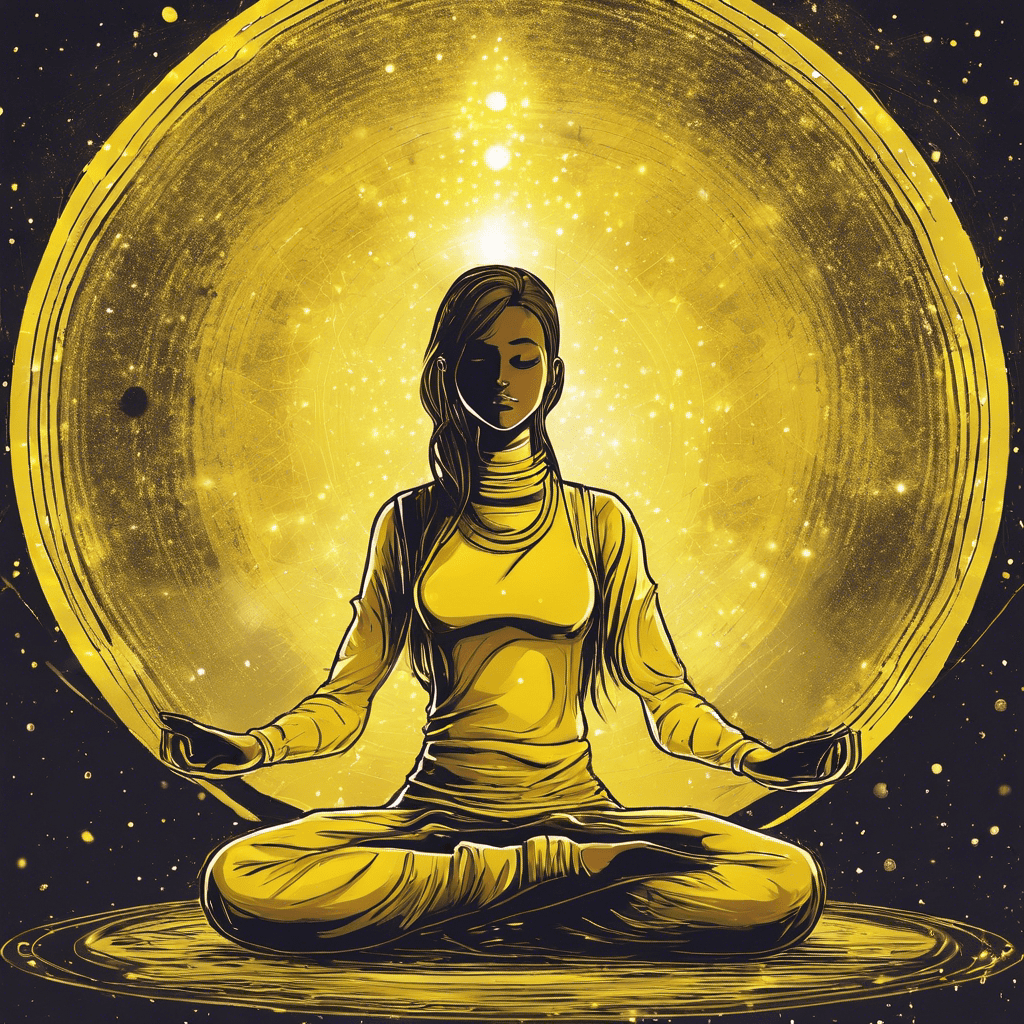
A yellow aura is associated with the solar plexus chakra, embodying intellectual energy and a charismatic personality. These individuals are often joy-filled, friendly and naturally inspiring. A darker yellow may signify rigid thinking or oversensitivity to criticism.
4. Green Aura
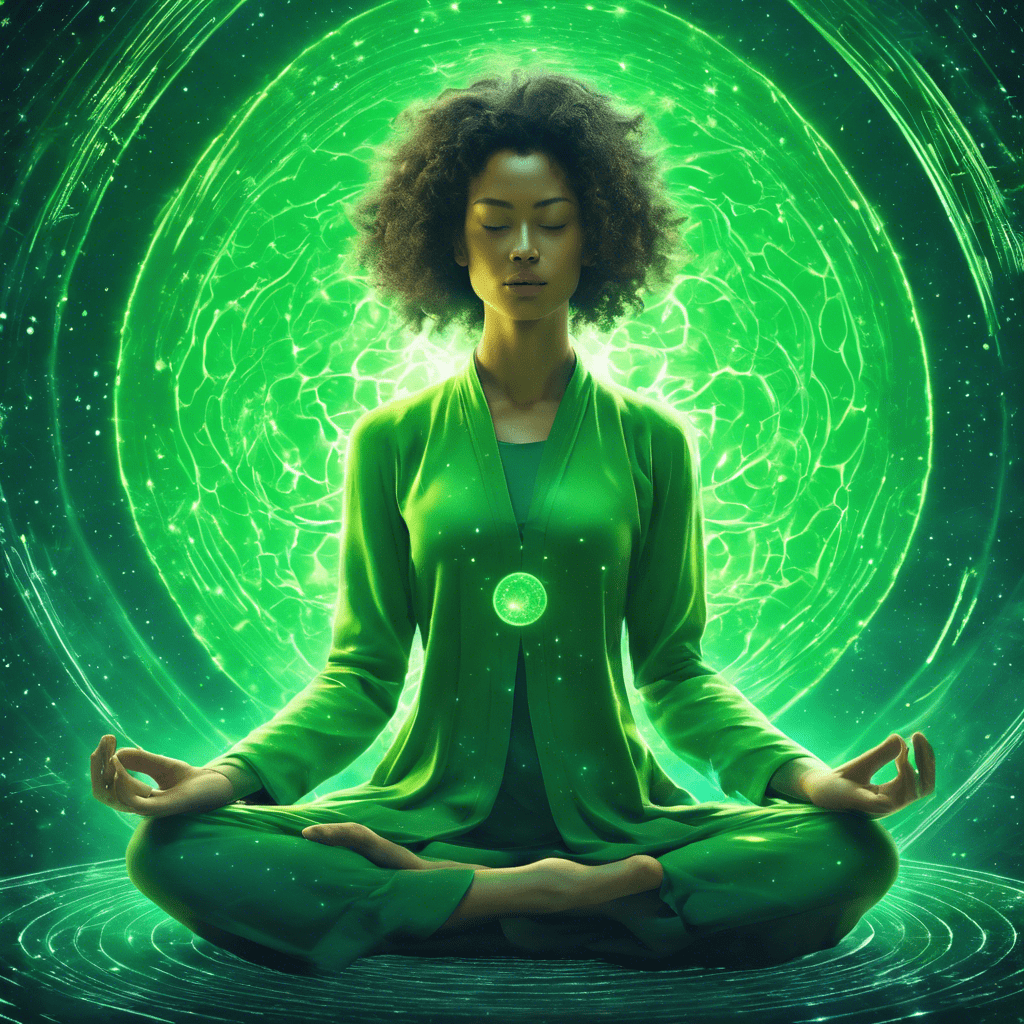
Resonating with the heart chakra, a green aura represents nature, healing, and growth. This color often appears around empathetic and caring people. However, a darker green can represent jealousy or resistance to change.
5. Blue Aura
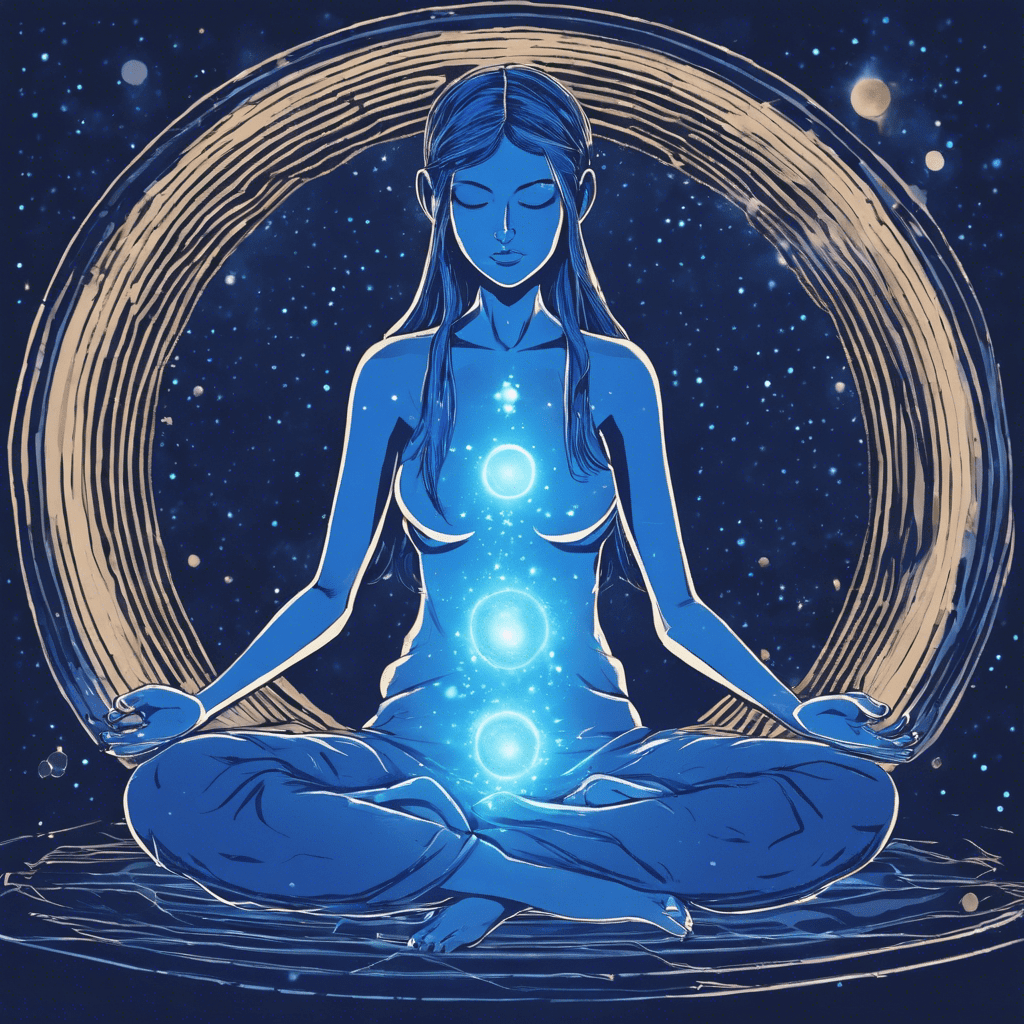
Mirroring the energy of the throat chakra, a blue aura implies a person is truthful, calm, and communicative. Darker shades of blue might indicate an unwillingness or fear of self-expression.
6. Indigo Aura
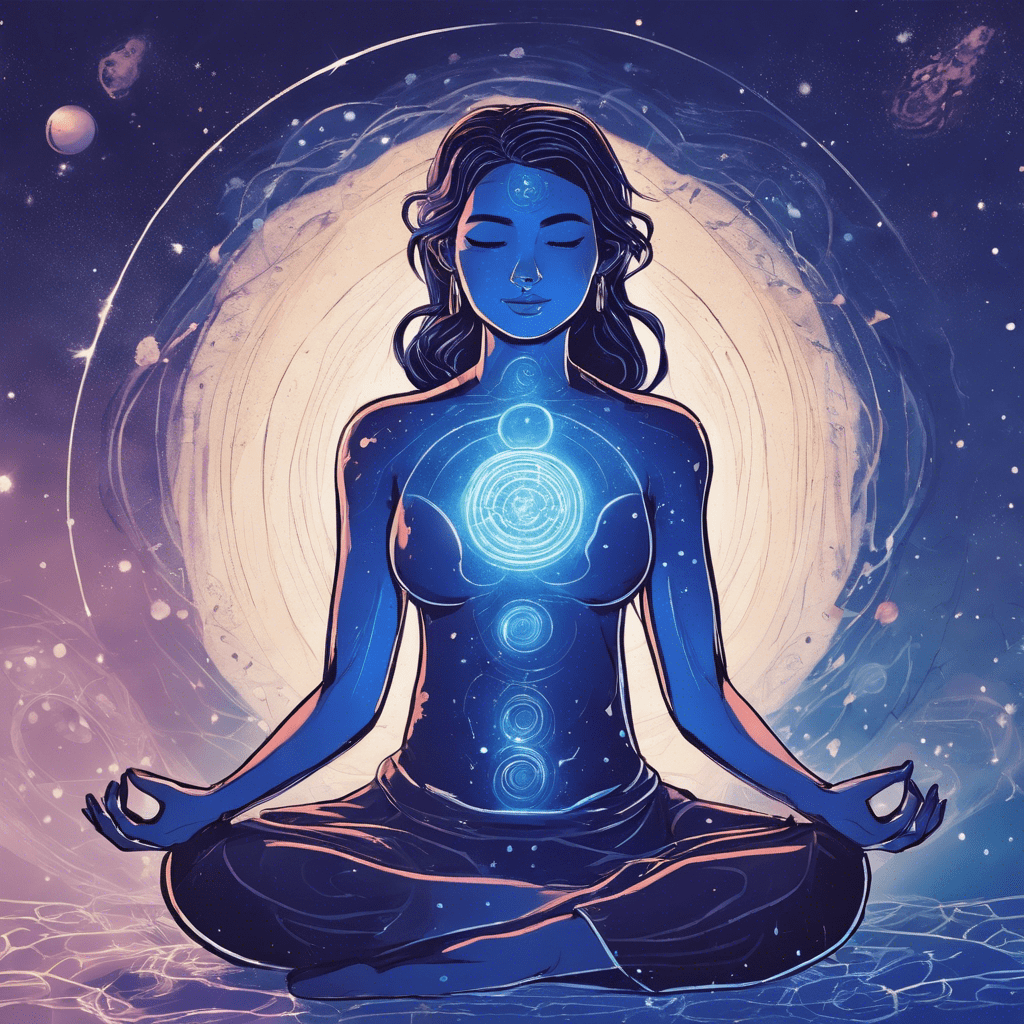
Identified with the third-eye chakra, an indigo aura reveals deep intuition and spiritual realization. It represents wisdom and a deep inward focus.
7. Violet Aura
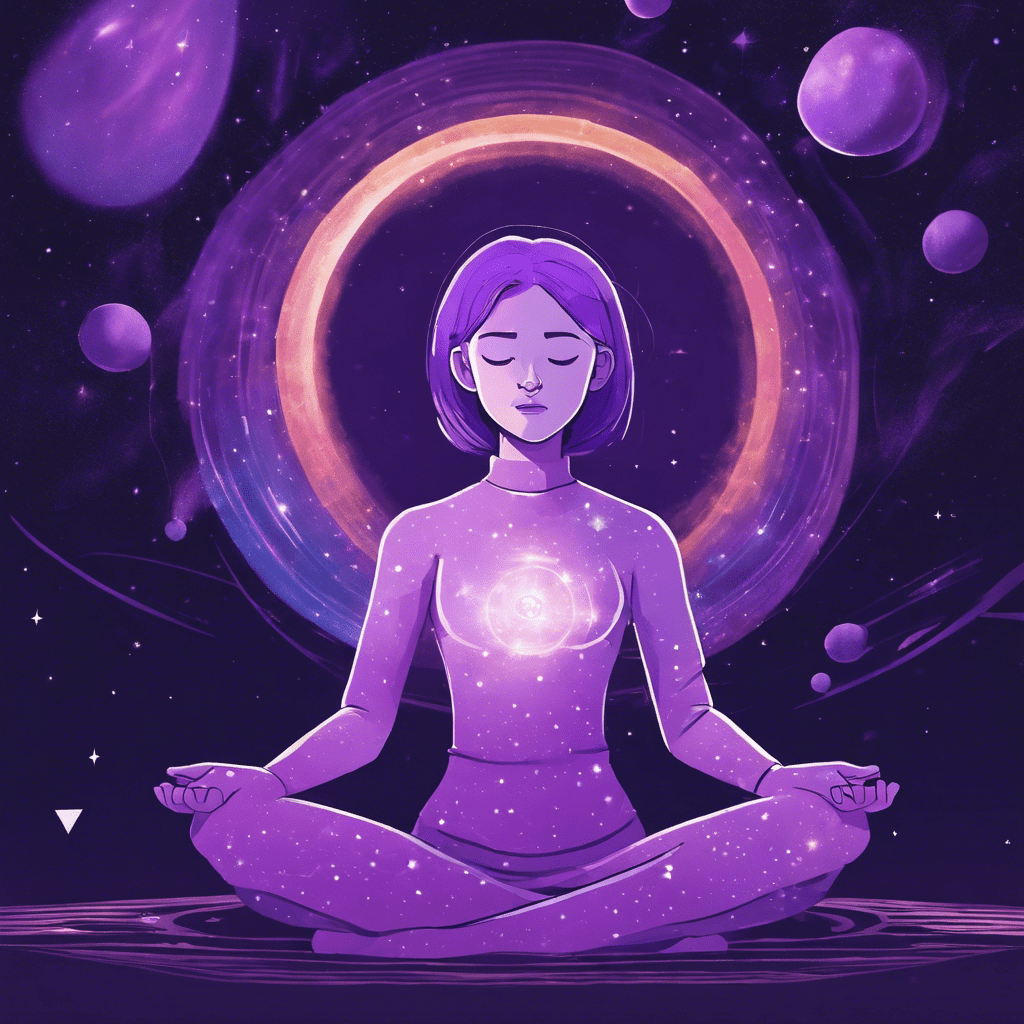
Associated with the crown chakra, a violet aura designates spiritual thoughts, rich imagination, and an otherworldly connection. A violet or purple aura can symbolize spiritual mastery, especially with a lighter shade.
Why Aura Colors Matter
Aura colors are a fascinating reflection of our overall wellness. They are thought to portray our emotional, mental, and spiritual states, offering an insightful perspective into our personality and our life path. By understanding and interpreting aura colors accurately, we can gain significant self-awareness, drive personal growth, balance our energy flows, and even identify areas requiring healing or improvement.
Frequently Asked Questions
Can one’s aura color change over time?
Yes, a person’s aura color can change over time reflecting their changing emotions, thoughts, physical health, and spiritual growth.
Can everyone see auras?
While some people reportedly have an innate ability to see auras, others might require focused practice and heightened awareness. Techniques such as meditation may enhance your ability to perceive auras.
Can aura colors predict health issues?
While aura colors should not be used as diagnostic tools, they may provide insight into one’s overall wellbeing and potentially spot imbalances or energy disruptions, which could be suggestive of health issues.
Can negative auras be transformed into positive ones?
Positive lifestyle changes, spiritual practices like meditation and reiki, maintaining positive thought patterns can help transform a ‘negative’ aura into a more positive one.
Are certain aura colors superior to others?
All aura colors are unique and carry their significance. No one color is superior or inferior. The beauty lies in understanding that our aura colors are unique embodiments of our journey.




